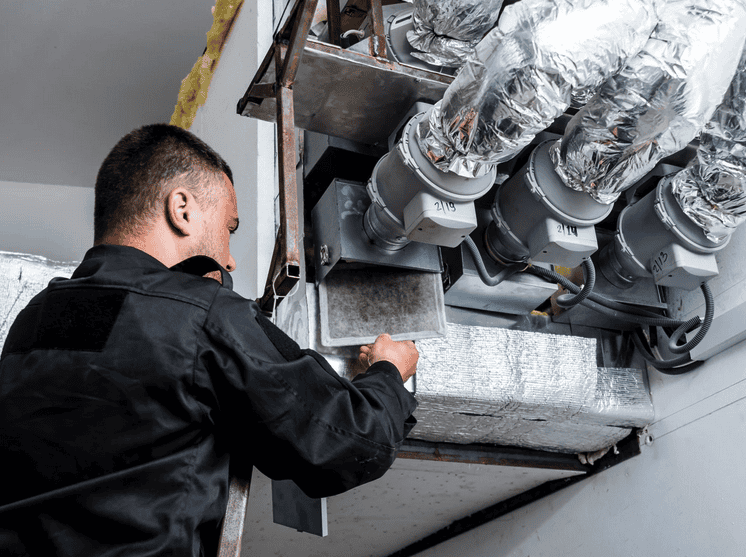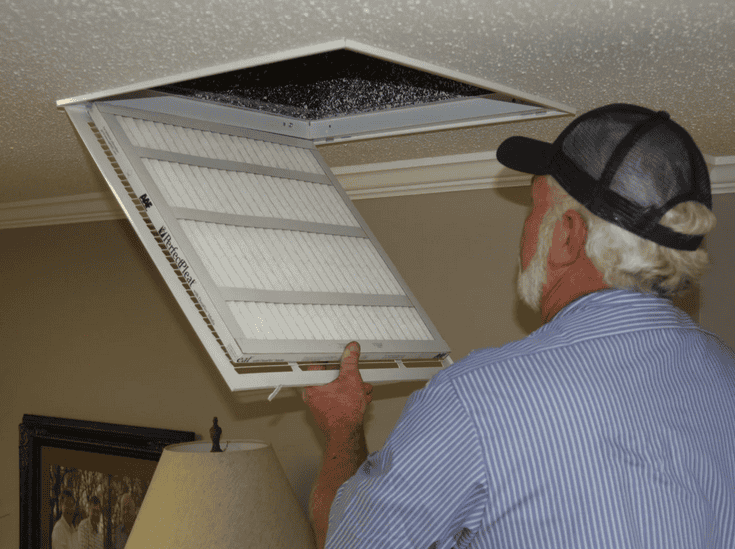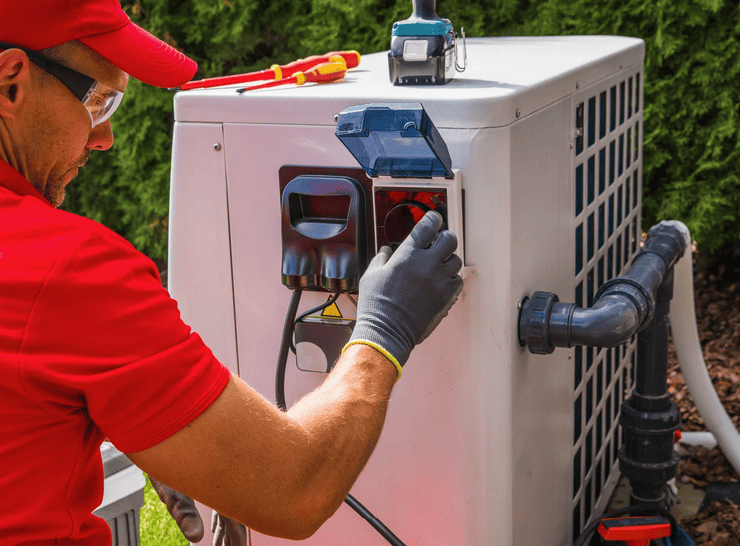Routine maintenance may seem like a chore, but it’s one of the smartest investments you can make for your home, vehicle, and equipment. Whether it’s your HVAC system, plumbing, vehicle, or roof, preventative care helps you avoid costly repairs, improves performance, and extends the life of your assets. This guide breaks down the practical benefits of regular maintenance, backed by data and a step-by-step approach to help you act today for long-term savings.
1. Protecting Your Home’s Core Systems
Homeowners know that major system failures can come with steep price tags. Heating, ventilation, and air conditioning (HVAC) issues, for instance, often emerge during peak seasons when they’re working the hardest. Ignoring early warning signs can lead to full system replacements costing $5,000 to $12,000, depending on your location in North America.
Seasonal checks, changing filters, and annual servicing can prevent these breakdowns. For example, professional HVAC maintenance not only extends the lifespan of your system but also maintains energy efficiency and indoor air quality. The U.S. Department of Energy reports that replacing a clogged air filter can reduce your air conditioner’s energy consumption by 5% to 15%.
Similarly, plumbing issues such as hidden leaks or mineral build-up can escalate into flooded basements or burst pipes. Regularly inspecting your water heater, checking for corrosion, and flushing the system can extend its lifespan by years. In both cases, maintenance costs a fraction of what emergency replacements and water damage restoration would demand.
2. Saving Money with Improved Efficiency
Efficiency translates to cost savings. Well-maintained systems consume less energy, need fewer repairs, and function better overall. Take the example of HVAC systems again: dirty coils or blocked vents can force the unit to work harder, raising your monthly energy bills.
In fact, the Environmental Protection Agency (EPA) states that homeowners can save about 15% annually on heating and cooling costs simply by sealing ducts and ensuring systems run optimally. The same logic applies to appliances like refrigerators and dryers. Cleaning lint filters, condenser coils, and ensuring proper ventilation not only makes them safer but also saves money.
Even your car benefits. According to AAA, something as simple as maintaining proper tire pressure and scheduling oil changes can improve gas mileage by up to 4%. That may sound small, but over the course of a year, it could add up to hundreds of dollars in fuel savings.

3. Extending the Lifespan of Assets
A major reason regular maintenance saves money is because it delays the need for replacements. A well-maintained furnace, for example, may last 20 years or more, while a neglected one may give out in just 10 to 12 years.
Let’s consider roofing. Regular inspections can identify loose shingles, early signs of moss, or minor water damage before it spreads. Addressing those issues early may cost a few hundred dollars, while a full roof replacement can easily top $10,000.
The same goes for vehicles. Regular oil changes, brake checks, and fluid top-ups keep your car running smoothly for over 200,000 miles. Without it, you could face premature engine failure or expensive transmission repairs. These examples make it clear: preventive maintenance protects the investments you’ve already made.
4. Reducing Emergency Repairs and Downtime
Emergencies never come at a convenient time. A furnace breakdown in the middle of a Canadian winter or a failed AC unit during a Texas heatwave can put your safety and comfort at risk, not to mention leave you scrambling to find emergency service providers (often at premium rates).
Planned maintenance gives you the ability to schedule repairs when it suits you. This minimizes disruptions and ensures your systems work when you need them most. For example, inspecting your HVAC in the spring or fall allows for repairs before the peak seasons. The same applies to snow blowers, lawn mowers, and sprinkler systems – all of which perform better when serviced before they’re needed.
Businesses also benefit. Regular equipment checks reduce unplanned downtime, which can result in lost revenue, missed deadlines, and dissatisfied customers.
5. A Practical Approach: What to Maintain and When
Here’s a general maintenance checklist you can tailor for your home, vehicle, and other major investments:
Monthly
- Check and replace HVAC filters
- Inspect plumbing under sinks for leaks
- Clean range hood filters
- Test smoke and carbon monoxide detectors
Quarterly
- Inspect outdoor HVAC units
- Lubricate garage doors
- Run water in unused sinks or toilets to prevent sewer gas buildup
Biannually
- Flush water heaters to remove sediment
- Deep clean your home (including appliances)
- Check for signs of foundation or roof damage
Annually
- Hire a professional to inspect and service HVAC, plumbing, and electrical systems
- Pump your septic tank if required
- Reseal grout lines in bathrooms and kitchens
- Schedule a vehicle tune-up and change all fluids
This approach ensures each system receives attention before minor issues become major problems. Set calendar reminders or use a home maintenance app to stay consistent.

An Ounce of Prevention is Worth a Pound of Cure
Investing time and a modest amount of money into regular maintenance pays off in multiple ways. You extend the lifespan of your assets, increase safety, avoid expensive emergency repairs, and ultimately reduce your long-term costs. More importantly, you gain peace of mind knowing your home and other essential systems are in good shape.
Whether you own a home in California, a condo in Toronto, or a small business in North Carolina, the principles of maintenance are universal. With a little planning and diligence, you can protect your investment and save significantly over time.

